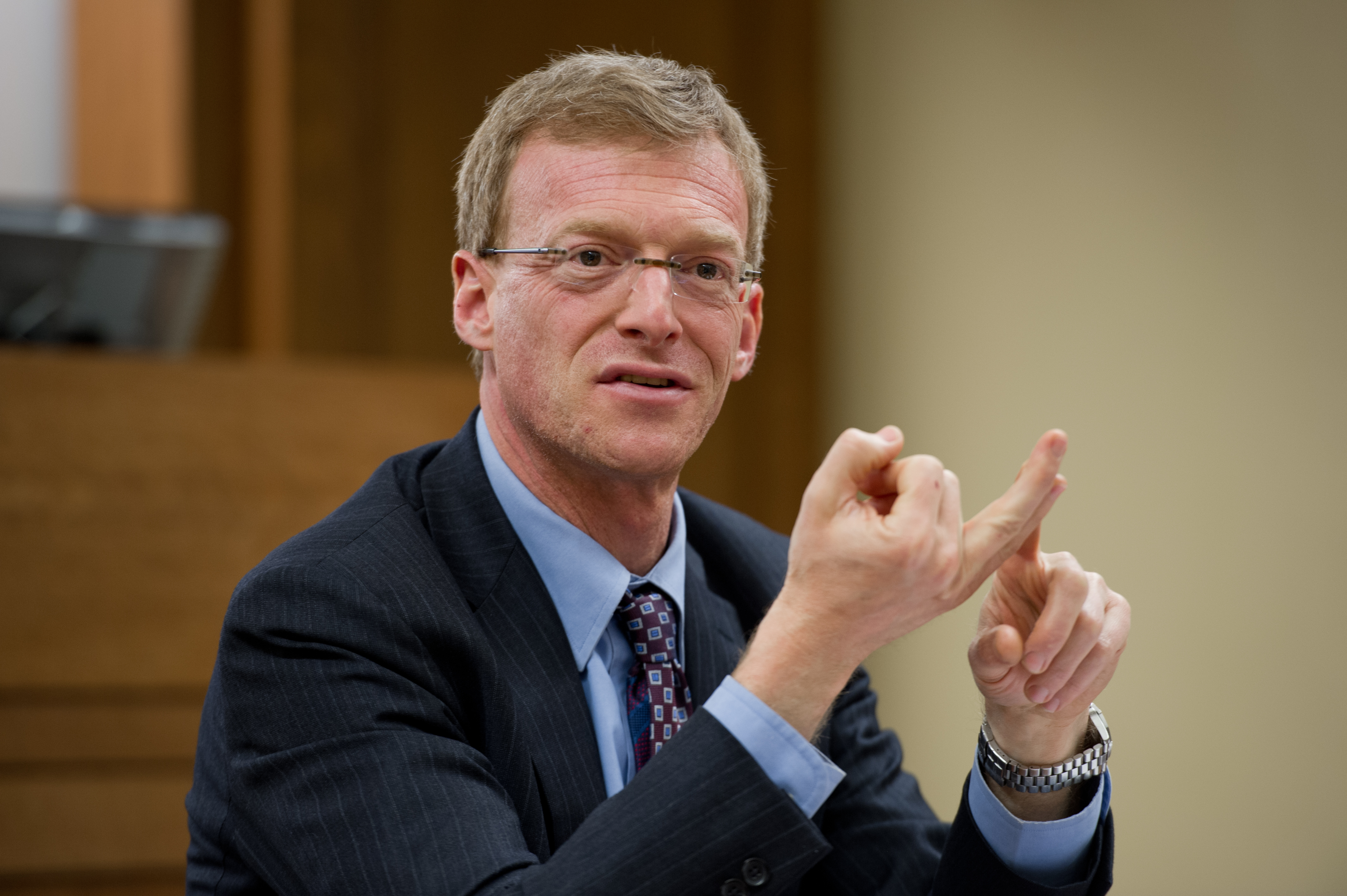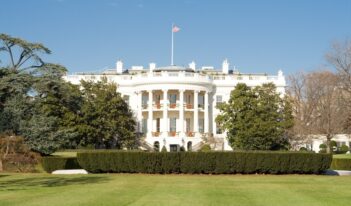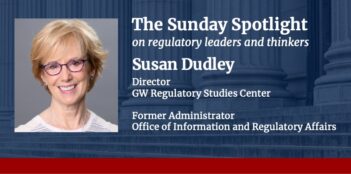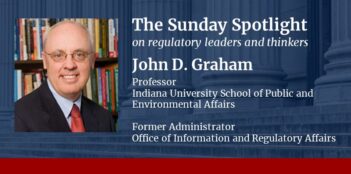
At PPR seminar, OIRA Administrator Howard Shelanski discusses his office’s role.
Facing persistent legislative gridlock, the Obama Administration is seeking to achieve many of its domestic policy goals through administrative rulemaking. For example, the administration seeks to complete an ambitious climate change initiative through a series of high-stakes rulemakings by the U.S. Environmental Protection Agency (EPA), all set to be finalized over the next two years. Other federal regulatory agencies are doing much the same to flex their regulatory muscles to advance domestic policy.
But how does a President ensure that the regulations developed across the entire federal government will in fact carry out his policy goals? The answer, since at least the Reagan Administration, lies with a little-known White House office – the Office of Information and Regulatory Affairs (OIRA), situated within the Office of Management and Budget.
At a talk delivered earlier this year at the University of Pennsylvania Law School, the sitting OIRA Administrator, Howard Shelanski, gave students, faculty, and regulatory practitioners a chance to explore the legal authority and daily work of what Senator Rob Portman (R-OH) likes to describe as the “most important government office you’ve never heard of.”
Shelanski outlined how his office approaches its reviews of agency rulemakings. His remarks offered an insider commentary on the inter-agency review process his office oversees and provided a demystification of OIRA’s operations in the face of numerous criticisms that the office obstructs the development of new regulations.
OIRA has the authority to require agencies to defend new regulatory proposals. A long-standing executive order calls upon agencies to develop regulatory impact analyses for any new “significant” regulations, which are defined as regulations with annual effects on the economy over $100 million or that raise “novel” policy issues. Agencies must submit their analyses to OIRA for review, a process that can at times involve a back-and-forth exchange between agencies and White House staff.
In reality, for some of the most significant rules, OIRA’s review begins well before agencies publish a proposed rule. OIRA can even be involved with agencies as they mull over alternatives or draft regulatory text before public notice is given.
OIRA was created in 1980 under the Paperwork Reduction Act, but its role was soon expanded under the Reagan Administration to extend to regulatory review. Because its authority to review regulatory impact analyses stems from an executive order, OIRA does not currently review regulations promulgated by independent agencies, although some recent legislative proposals would extend review in this manner.
Proponents claim that the OIRA review process improves public policy, delivering more benefits at lower costs, and enhances the coherence of administrative action by providing a forum for inter-agency coordination.
But OIRA’s critics claim that OIRA serves as somewhat of a “graveyard” for delayed or nixed regulations or that it acts as a “one-way ratchet” toward deregulation. A recent report commissioned by the Administrative Conference of the United States suggested that OIRA serves as a source of delay in the development of new regulations.

Administrator Shelanski takes questions from students, faculty, and members of the public.
Despite the debate over its impact on the regulatory process, OIRA is an institution that has become – and will surely remain – a fixture within the federal government. Every President since Ronald Reagan has relied on OIRA to oversee the work of administration regulatory policy. As long as legislative gridlock prevails in Washington, D.C., administrations will continue to rely heavily on agency rulemaking as a means of achieving domestic policy goals and OIRA’s role in coordinating these rulemakings for presidents will remain assured.
In recent years, the Penn Program on Regulation has brought in OIRA administrators from the last five presidential administrations for candid talks about the role of the office, seeking to enhance Penn Law students’ understanding of the difficult and delicate tasks that OIRA handles.
The seminar with Administrator Shelanski was part of an ongoing risk regulation seminar series sponsored jointly by the Penn Program on Regulation, the Wharton Risk Management and Decision Processes Center, and the Initiative for Global Environmental Leadership at Wharton.




